I was contacted by Rhett Butler of New York, NY who has done some fantastic research and has discovered a very early patent for lightning protection as follows:
He has been researching the work of George Whitfield Robinson and came across an image of his lightening rod insulator for us patent number 4,196X, dated September 24, 1825. John Brown and George Whitfield Robinson Patent for Lightening Rods. Providence, Rhode Island. Note that the picture shown was likely the mounted patent model.
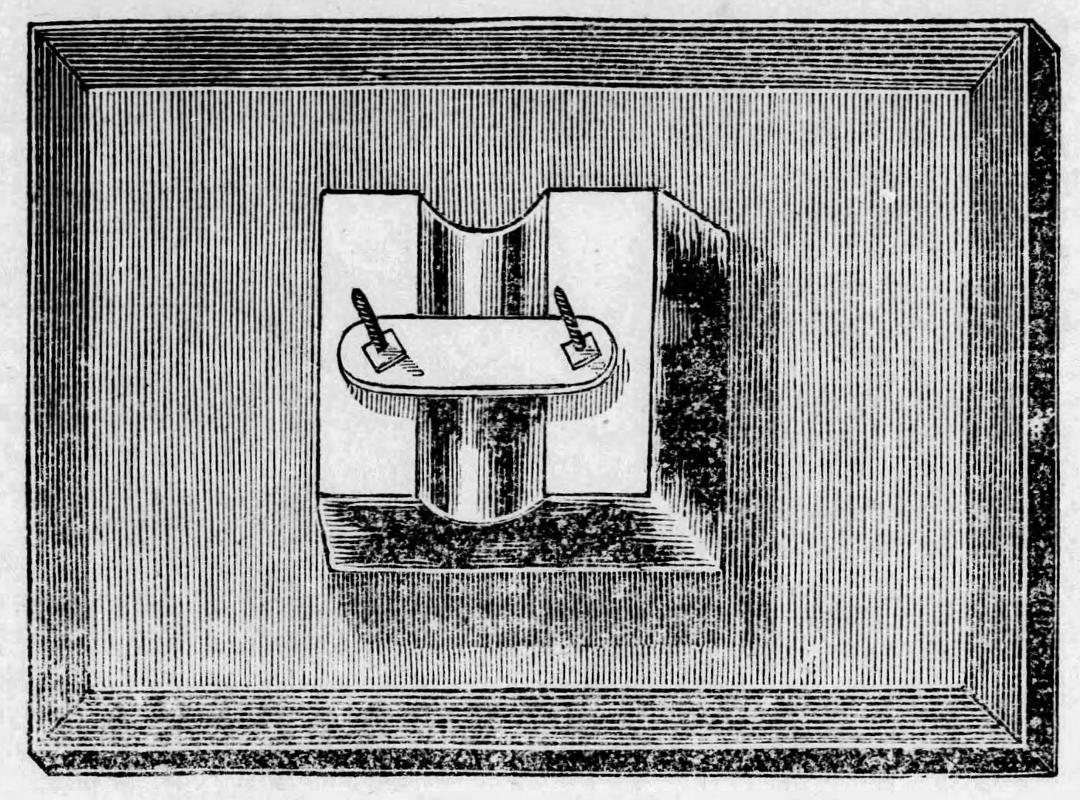
Valuable Improvement in Preventing The Effects Of Lightening "The above Drawing will give the reader a correct idea of a method of fitting Lightening Rods to buildings, (lately invented by Messrs. J. Brown and G.W. Robinson, of Providence, R.I.) which is at once perfectly safe, cheap, and may be rendered highly ornamental. This method consists simply in placing blocks of glass firmly between the conducting rods and the roof and sides of buildings. Two metallic staples, with bolt heads, are inserted about half-way into the glass, while in a state of fusion, so that when the glass cools, the bolt heads of the staples are held fast and solid, leaving a thickness of two or three inches of solid glass between the building and rods. Small metallic bars are placed over the rods, and secured by matts, which hold them fast in grooves, made in the middle of the glass blocks. This block of glass is cast of a wedge shape, and fitted closely into a piece of plank, which is nailed or secured to the sides and roof of buildings, the heads of these nails or screws sink into the wood, and are covered with putty, or for buildings of brick or stone, the glass blocks are made of suitable length and shape to be fitted in at the time of building, or may be fitted to buildings now erected, by taking out a brick, without the use of a plank. The importance and utility of this improvement can only be calculated by informing ourselves of the surprising number of unforeseen losses of human life, and of the amount of property, which is every year destroyed by Lightening, even in Buildings which had Conducting Rods fitted to them upon the old but unsafe and imperfect plan of having the Rods fastened to Buildings by staples of the same Conducting Materials with the Rods themselves. So great is the destructive power of this swift and fearful element, and so little provision is there made against it in this country, that almost every paper in our Union, in the course of one year, records the death of an Human Being even within the circle of its Subscribers; besides the loss of Animals and the inextinguishable conflagagration of Houses, Barns and Factories of every description, and Ships and their Cargos, upon the Ocean. But we are certain, beyond a doubt, that if this late improvement is generally adopted in the United States, no instance will ever occur of Lightening striking a Building at the parts where the Rods are fastened. And those are very well ascertained to be the places where the fluid strikes in those cases where Rods are erected and fastened with Iron Staples. The above Article in the different forms are completely finished, may be had of J.R. Newell, No. 108, State-street, Boston, who will furnish any quantity at short notice for this vicinity, of for other States."
The US started issuing patents in 1790 but the Patent Office was not formed until 1836. Just under 10,000 patents were issued prior to 1936 and are known as X-patents. These records were burned in a fire, in December 1836, while in temporary storage. No copies or rosters were maintained by the government at the time. Rhett was able to locate a book with a list of many of these patents including this one (US4196X) listed below.
The patent title in the lost data was likely "Mode of Securing Lightning Rods to Houses".
This is especially exciting as the earliest previous patent known to the insulator hobby is from the 1840s, 20 years later!
Amazingly enough insulator collector Rick Soller has an insulator that nearly exactly matches the patent!
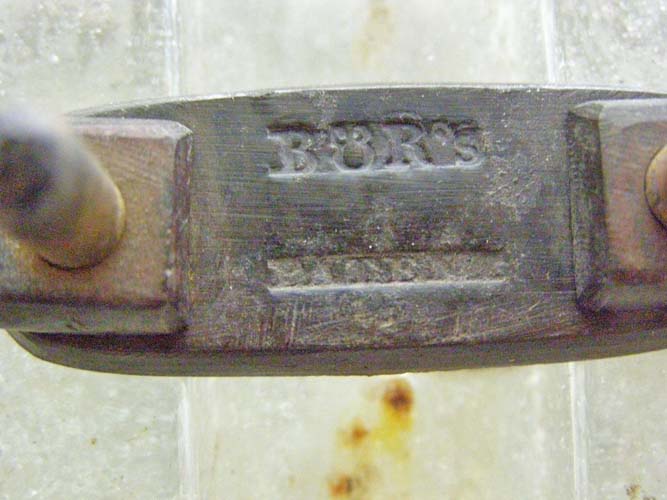
Marked B & R's PATENT
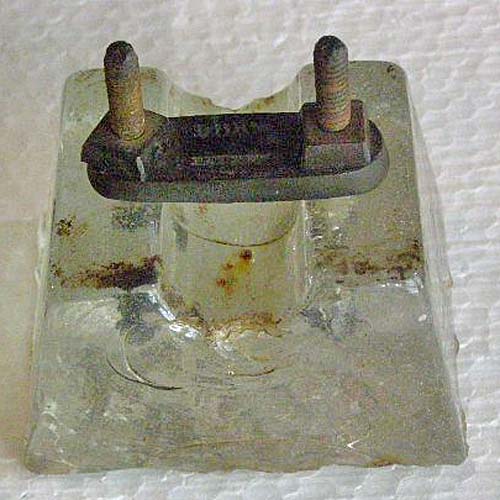
The base measurements are 3 1/2" X 2 3/4"
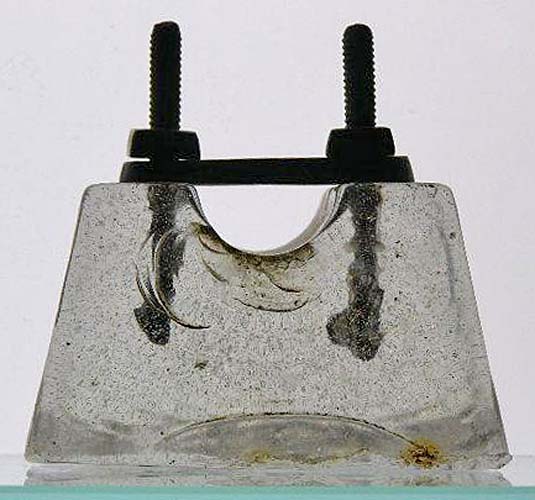
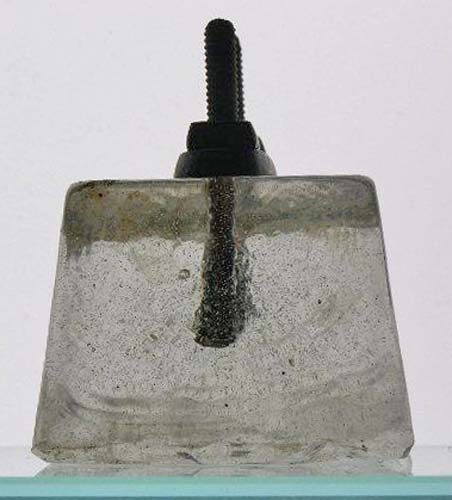
 Return
to the National Insulator Association page
Return
to the National Insulator Association page